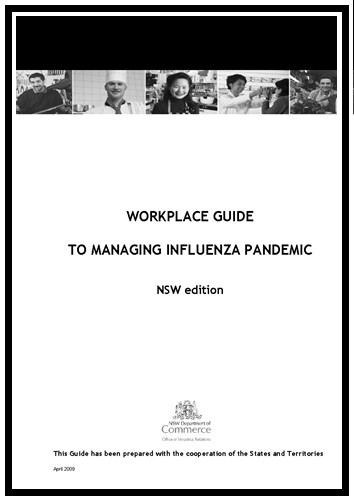Recently in 2009, the Health Services Australia company launched a new swine flu website.
The HSA site is run by a private health services company and came to the attention of SafetyAtWorkBlog through a news item by the OHS Commissioner of the Australian Capital Territory. The ACT OHS Commissioner may not be endorsing the site but the HSA website is described positively. The Commissioner’s site says
“The site provides information on the risk of flu – pandemic, swine, avian and seasonal varieties – expanding upon information previously published on their avian influenza site.
It also includes the latest health alerts, FAQs, useful links and information on travel health services relating to flu which people may find of benefit.”
For further information on www.fluthreat.com.au SafetyAtWorkBlog followed the trail from fluthreat to HSA which then lead to the site of one of Australia’s largest private health insurers, Medibank Private. The two companies merged only recentlyon 1 April 2009.
Health Services Australia is listed on the fluthreat site as the copyright holder but Medibank Private is not mentioned.
The HSA site which includes a prominent link to www.fluthreat.com.au does mention Medibank Private, in a mediarelease link on the home page but more succinctly, but almost in passing, under Governance and Structure:
“Health Services Australia Limited (HSA) and its subsidiaries are owned by Medibank Private Limited (Medibank).”
It seems very odd that the ACT OHS Commissioner should be directing Internet visitors to a privately run influenza information website instead of to the influenza information from authoritative websites such as the Australian Department of Health and Ageing, the ACT Dept of Health, the Federal Government’s dedicated swine flu site – healthemergency, or even the the World Health Organisation.
[SafetyAtWorkBlog has repeatedly tried to contact the ACT OHS Commissioner’s office but gets an answering service each time. The media spokesperson for HSA Group and Medibank Private has not yet returned calls]



![sa0200906[1]_Page_1 sa0200906[1]_Page_1](http://safetyatworkblog.files.wordpress.com/2009/05/sa02009061_page_1.jpg?w=212) The Northern Territory OHS authority issued a guidance this week about
The Northern Territory OHS authority issued a guidance this week about